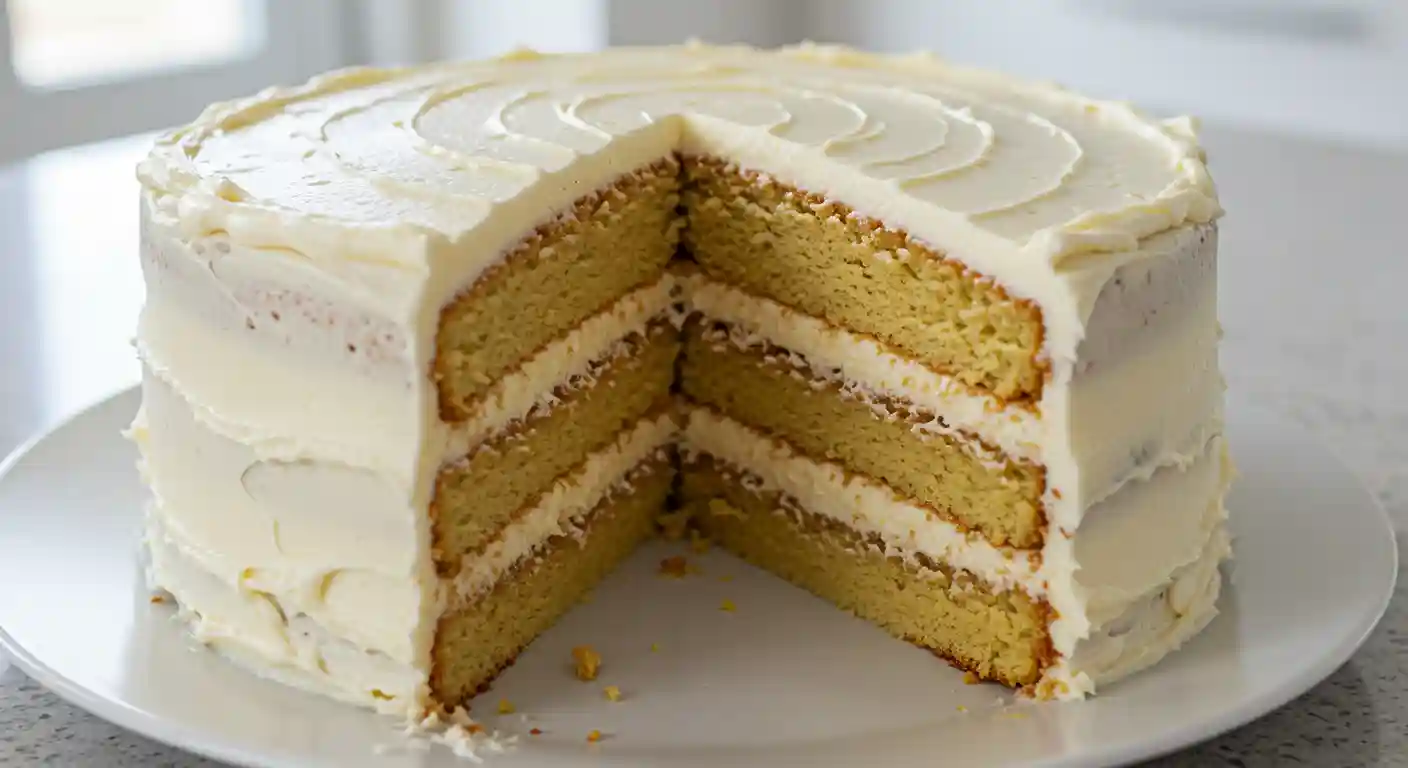For the Cake
Mix Everything Together: Pop all the cake ingredients into a mixing bowl at once. Use your mixer to combine everything until it's smooth and lump-free. This usually takes about 30 seconds.
Prepare Your Pans: Divide the batter evenly between two 6-inch cake tins. For a non-stick surface, grease the tins with a little butter, dust them with flour, and place a circle of parchment paper at the bottom.
Bake the Cakes: Place the tins on the middle rack of your oven. Bake for about 45 minutes at 180°C (350°F). A pro tip: I don't use the fan setting on my oven for cakes because it can bake the outside too fast, leaving the middle uncooked.
Check for Doneness: After 45 minutes, poke the center of a cake with a cocktail stick or skewer. If it comes out clean, your cake is ready! Let the cakes cool in their tins on a wire rack for a few minutes. Then, turn them out to cool completely.
For the Buttercream
Combine Ingredients: While your cakes are cooling, sift the icing sugar into a mixing bowl. Add the room-temperature butter, vanilla, and milk.
Whip It Up: Mix on a medium speed for about 5 minutes. You'll know it's ready when the buttercream turns creamy and fluffy. If you like, you can add food coloring at this point.
Filling and Finishing the Cake
Level and Fill: Once your cakes are fully cooled, use a knife to level the tops and slice each cake horizontally into two layers. Spread your buttercream between the layers and carefully stack them.
Apply a Crumb Coat: Spread a thin layer of buttercream all over the outside of the cake. This "crumb coat" traps any loose crumbs. Pop the cake in the fridge for about 30 minutes to let the buttercream firm up.
Final Frosting: After the crumb coat is firm, use the rest of the buttercream to create a final, smooth layer. The cake is now ready for you to add any final decorations.
